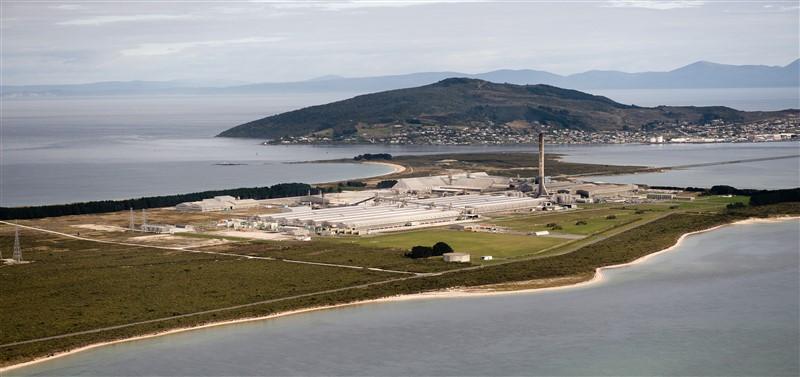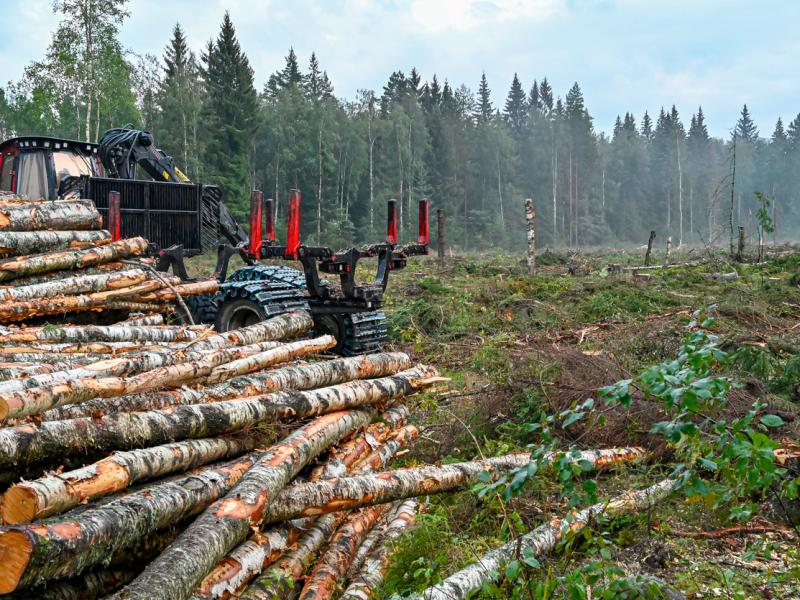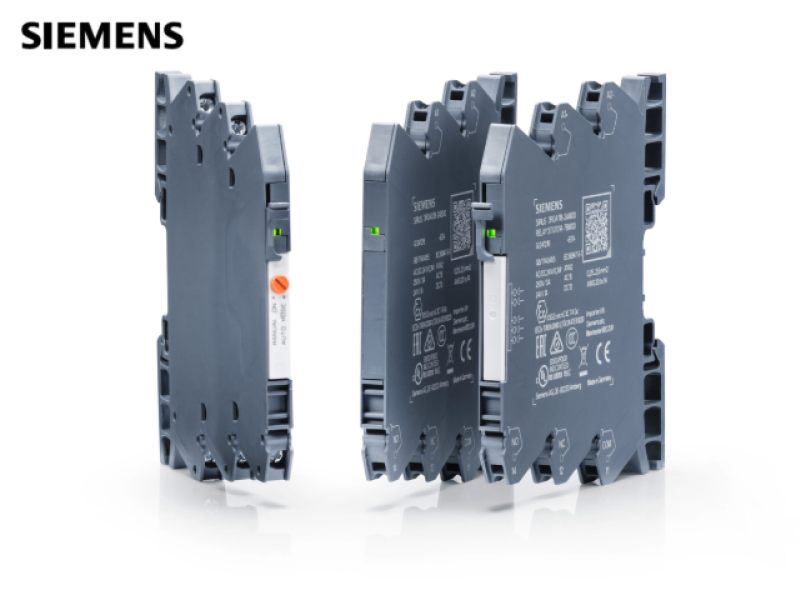The Tiwai smelter will make up to 185 megawatts (MW) of electricity available to the national grid in times of severe shortage as a result of a new set of demand response contracts concluded with energy generators.
This is the equivalent of approximately 20-25* per cent of the energy which the former Lake Onslow pumped hydro project was modelled to be required to have produced on average.
“As a very large user of electricity, NZAS recognises the impact we have on the demand for electricity in New Zealand,” said Chief Executive Chris Blenkiron.
“Making up to a third of our supply available to help New Zealand is something we are happy to do to make sure that we play our part in the wider energy sector and help to keep the lights on.
“Added demand response capacity will be invaluable as New Zealand’s energy demand, and climate change, increase demand on the national grid.
“As well as the demand response capacity, today’s electricity agreements will also help progress the potential development of new renewable wind projects, providing a further boost to the security of electricity supply for New Zealand,” Mr Blenkiron said.
Mr Blenkiron said Tiwai is now firmly New Zealand’s largest battery.
"When our demand response is called on, it effectively means New Zealand will have to burn less coal at Huntly, ultimately reducing New Zealand’s carbon emissions.
“We believe this is one of the largest single site, long duration demand response agreements, in terms of percentage of national grid, anywhere in the world.”
“Implementation of the demand response will have an impact on the smelter’s production. The agreements announced today will see NZAS compensated for this loss in production volume.”
Mr Blenkiron said the potential demand response of up to 185MW was the approximate equivalent of the energy supply needed to power nearly a quarter of a million households.






